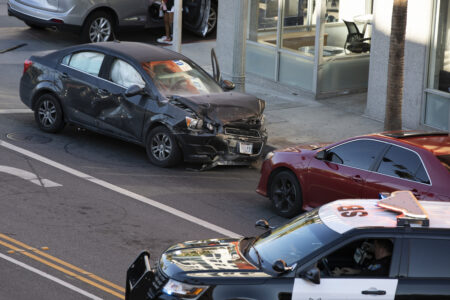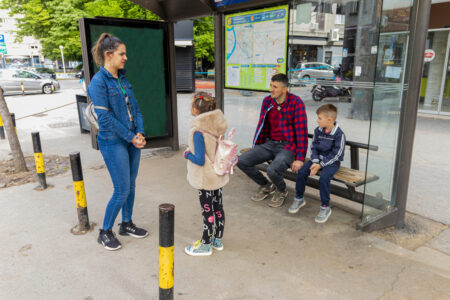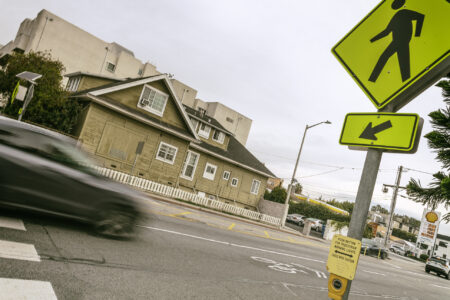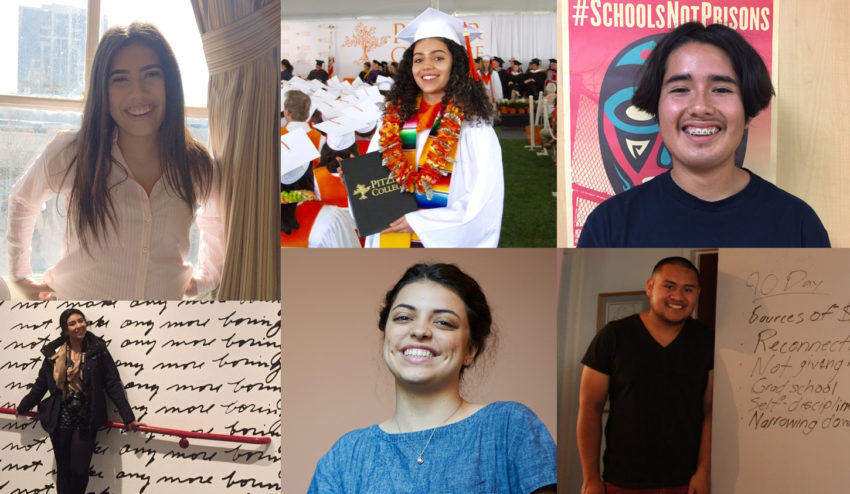
Share On Social!
Sacramento has mild weather, light rail, and many bike paths.
But people still heavily depend on cars in this 23% Latino city, according to its relatively low walk score.
 Sacramento also is like many other California cities, where urban planners face a big challenge to create more ways for a rising population to walk and bike.
Sacramento also is like many other California cities, where urban planners face a big challenge to create more ways for a rising population to walk and bike.
Fortunately, a group of diverse youth are making a difference for more walking, bicycling, and skating.
Youth Step Up for Safer Streets
The Walk & Bike Youth Leaders Program started in Sacramento in 2017, thanks to the California Bicycle Coalition, California Walks, and the California Center for Civic Participation.
Program organizers chose 11 youth ages 16-23.
The youth will partake in four online training sessions. They will learn how to advocate for state policies for safer streets and better public transportation.
“[The program will] help the next generation of community leaders learn the skills they need to make their neighborhoods safer and healthier places to live,” according to the program website.
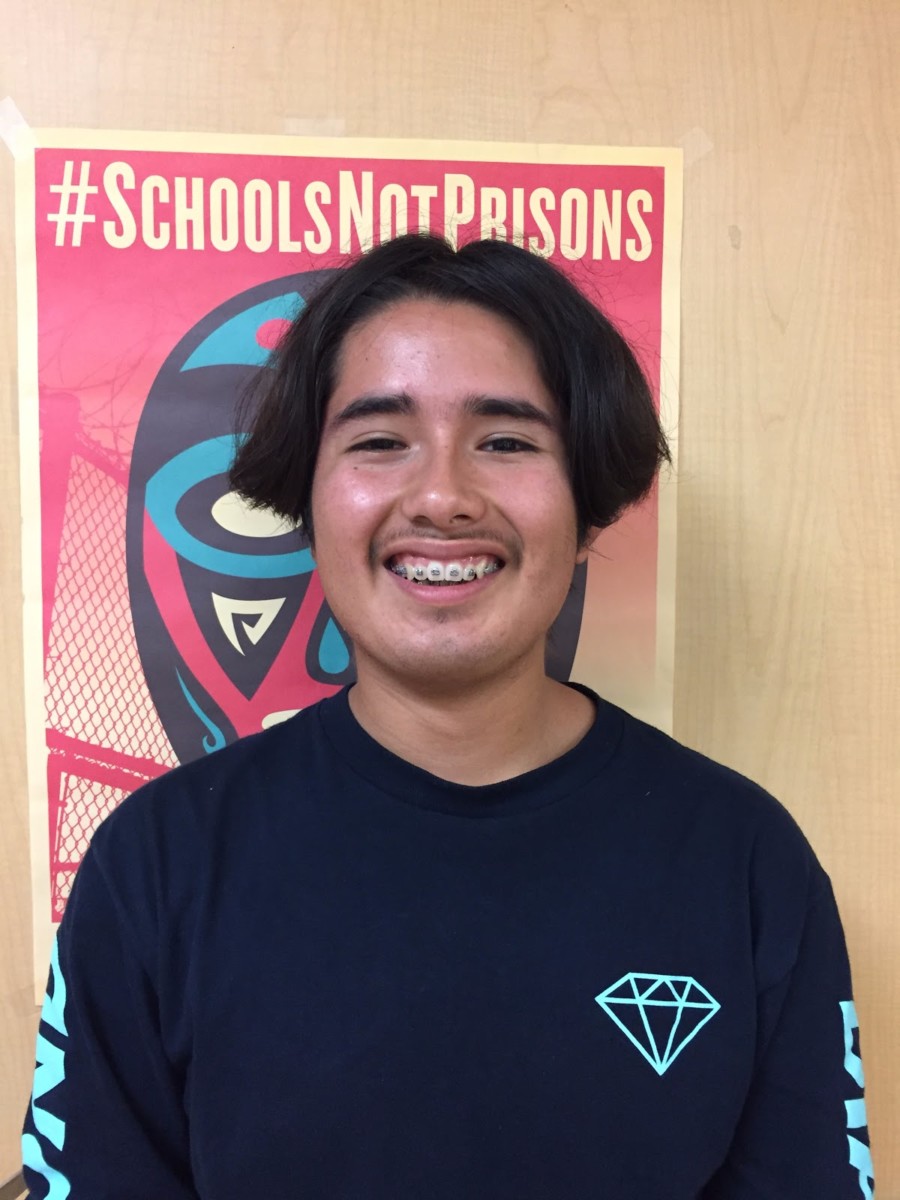
The youth represent diverse backgrounds and different cities, like 18-year-old Zelia from Sacramento.
Edwin, 16, of Santa Ana, joined the team to continue pushing for more safe skating environments.
“We have been visiting skateparks in other cities, we have conducted a confidence skating course, and also created an event for international Go Skate Day,” Edwin wrote in his participant profile. “I am excited to continue my work and share it with other youth doing similar work around active transportation across the state.”
Using Photos to Push for Change
The youth will use PhotoVoice to showcase their neighborhood’s current biking and walking conditions. They will present their findings at the California Bicycle Summit in Sacramento in October 2017.
PhotoVoice involves taking photos to identify barriers and facilitators to neighborhood health and safety. Then you use those photos to spur a healthy change.
For example, Latina teens in Connecticut used Photovoice to push for an after-school PE credit recovery program.
A New Mexico dietitian helped students use videos to create obesity solutions in her school.
Youths Can Drive Healthier Places
These efforts are critical because your zip code is a better predictor of you life expectancy than your genetics.
Latinos tend to live in areas with less access to safe places to walk, bike, and play, as well as frequent and reliable public transportation. This endangers their health and sets the stage for disease.
The California youth leaders are ready to make their communities healthier, and less sick.
“They are passionate about making a difference in their hometowns and for all Californians and eager to learn the ins and outs of advocacy to bring about the needed change for safer streets for all,” according to the program website.
Follow their journey and see how you can do similar things in your area!
By The Numbers
27
percent
of Latinos rely on public transit (compared to 14% of whites).

